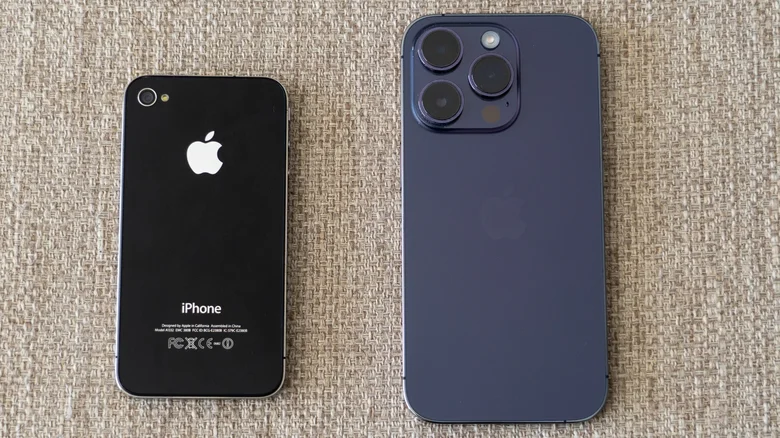 |
The original iPhone was a major turning point in the smartphone era, when Apple boldly abandoned the physical keyboard in favor of an all-touchscreen design. Over the years, the iPhone has continued to improve in performance, design, and camera. However, along with that development, some features that users once loved have gradually disappeared.
Some features have been quietly added over the years. But there have also been abrupt removals that have left users feeling regretful. Here are four once-iconic iPhone features that are no longer present on newer models.
Physical home button
Since the iPhone debuted in 2007, the home button has been unmistakable. Steve Jobs once described it succinctly: “It takes you to the home screen, no matter where you are.”
Over time, the home button has become more than just a way to return to the home screen or wake up the device; it has also come to include many other functions, such as taking screenshots, accessing Siri, switching apps, or restarting the device when it freezes.
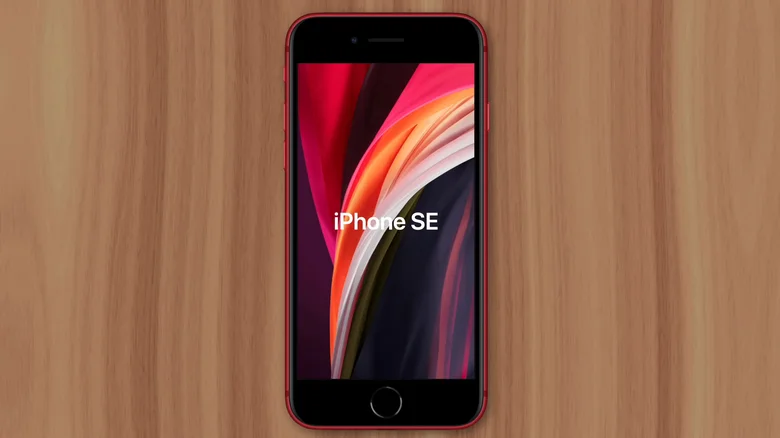 |
The physical home button has completely disappeared in the iPhone 16E version. Photo: Apple Explained/Youtube. |
In 2013, Apple added Touch ID, turning the home button into a fingerprint sensor - helping to unlock the device and authenticate payments via Apple Pay. However, when Apple removed the home button in favor of Face ID, the screen space was expanded, the bezels were thinner, and water resistance was significantly improved.
The iPhone 8 and 8 Plus (launched in 2017) were the last two models to retain the home button. The iPhone SE line extended the life of this detail for a few more years, but by the iPhone 16E, the home button was officially removed.
Ring/silent mode switch
Since the first generation, iPhones have always had a small switch on the side to quickly switch between ringer and silent mode. Without unlocking or going into settings, users can mute the device with just one action - with clear haptic feedback. When the orange color appears, everyone knows the device is in silent mode.
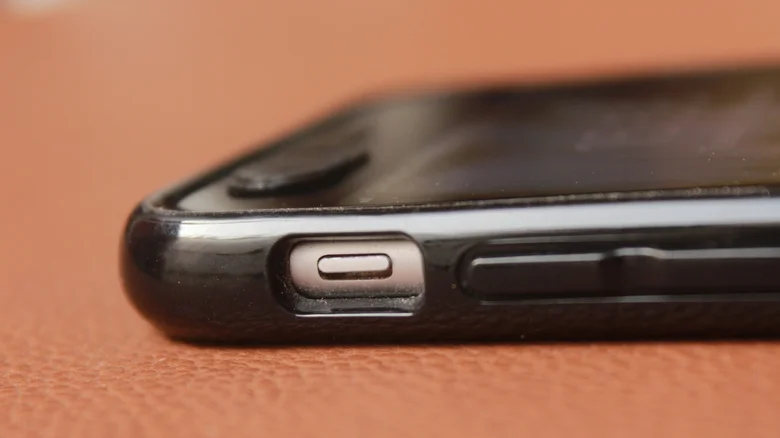 |
The silent switch has been replaced in the iPhone 15 Pro version. Photo: Shutterstock. |
This feature was replaced by the “Action” button on the iPhone 15 Pro, and has completely disappeared since the iPhone 16. Although the switch is gone, users can still hold the Action button to quickly switch between the two modes, and can also customize this button for other tasks such as turning on the flashlight, opening an application, or activating Focus mode.
Lightning charging port
Previously, the iPhone used a rather bulky 30-pin connection port. In 2012, Apple switched to the 80% smaller Lightning port, which can be plugged in both ways. This version later became the common standard for many other devices such as iPad, AirPods and Mac accessories.
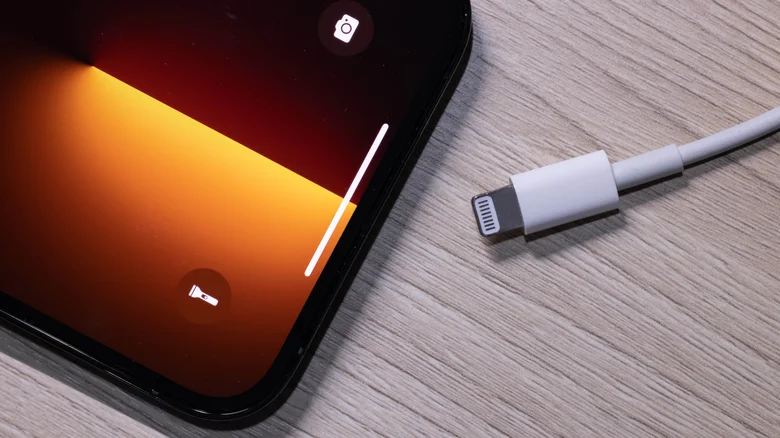 |
After many years, Apple users have been able to "share" charging cables with other devices. Photo: Shutterstock. |
However, since the iPhone 15 launched in 2023, Apple has officially switched to USB-C ports - partly due to the requirements of the European Union. However, this trend was started by Apple before with the iPad Pro in 2018.
The switch to USB-C not only allows users to charge both Apple and non-Apple devices, but it also allows for faster charging speeds at the same voltage. Users can still use their old cables with an adapter, but Apple encourages reuse or recycling.
The "rabbit ears" part on the screen
By removing the home button, Apple needed a new way to house sensors like the front-facing camera, earpiece, ambient light sensor, proximity sensor, and Face ID-enabled components. The solution was the “notch” — a small rectangular black cluster at the top of the screen that first appeared on the iPhone X.
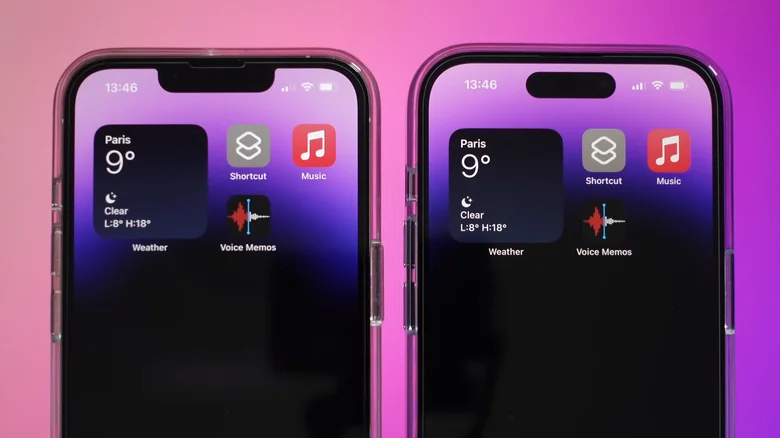 |
| Ditching the “rabbit ear” bezel, newer iPhone models now feature a pill-shaped cutout at the top of the screen. Photo: Spott/Youtube. |
Although not the first smartphone with this design, the iPhone X has popularized the "rabbit ear" worldwide , to the point that many Android models later followed suit.
Apple gradually reduced the notch on the iPhone 13, before replacing it with a “Dynamic Island” cluster on the iPhone 14 Pro and newer models. This cluster not only takes up less space but also interacts intelligently with the operating system: from displaying calls, currently playing music, map navigation to quickly switching between apps.
In addition, Apple has also begun to remove the physical SIM slot in the US to completely switch to eSIM. And this trend may soon become popular in other markets.
Source: https://znews.vn/4-tinh-nang-da-bien-mat-cua-iphone-post1559779.html














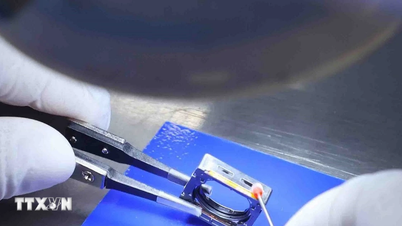



















































































Comment (0)